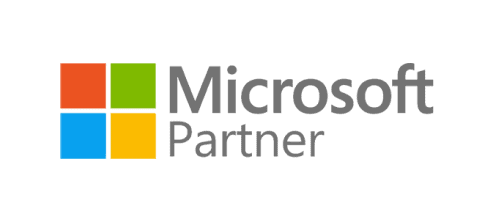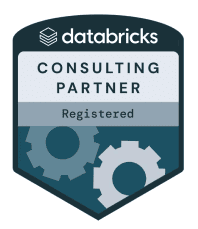Your Go-To Source for Tech, Strategy, and Scale
AI Development, Data Articles and Trends, Experts Voice
AI Development, Data Articles and Trends, Low Code Development
AI, AI Development, Experts Voice, Opinov8 Tips
AI, AI Development, Experts Voice, Opinov8 Tips
AI, AI Development, Experts Voice, Opinov8 Tips
AI, AI Development, News, Press
AI, AI Development, Experts Voice, Opinov8 Tips, User Experience
AI, AI Development, News, Press
AI Development, Modernization, Opinov8 Tips
AI Development, DevOps, Experts Voice, product & platform





